“Quranic Stories” is a new and scientific analysis of the stories of the prophets. In Part Two, the author continues the path of prophethood to see how the sciences and knowledge of prophecy accumulated, how humans discovered fire and burying the dead, how they learned, at the hands of Noah, how to cross water barriers, at the hands of Shu’aib, how to fulfill the obligation of measuring and weighing, and at the hands of Joseph how to store the harvest of bounty seasons for days of famine. He continues the path of the messages to see how religious laws diversified and evolved from strict religious laws to strict religious laws, with a clear tendency toward facilitation and mitigation; and how rituals differed in form and devotion. Fasting, which began as abstaining from speech altogether, later became abstaining from food, drink, and contact with women, as well as avoiding obscene and vulgar language. Prayer, which began as supplication and remembrance, then took on a ritual form, including standing, sitting, bowing, and prostrating, requiring humility.
Quranic Stories A Contemporary Reading Part Two From Noah to Joseph
د.ا11.00
A contemporary analytical reading of the stories of the prophets from Noah to Joseph, linking the Qur’anic text to the historical and intellectual context.
Available on backorder
| Categories: | stories, Religions, Islamic Curricula |
|---|---|
| Tags: | Islam, Islamic Studies, Qur’an, thought |
| Author | |
|---|---|
| Year | |
| Publisher | Dar Al Saqi |
You may also like…
-
Sea Prayer
د.ا12.00Sea Prayer is a poignant and poetic reflection on the suffering of refugees, told as a letter from a Syrian father to his lost child.
-
Spring in Ashes
د.ا5.00In “Spring in Ashes,” Zakaria Tamer presents satirical short stories that reveal the contradictions of Arab reality and the cruelty of power.
-
Quranic Stories An Introduction to the Stories and the Story of Adam Part One
د.ا15.00The book addresses a contemporary reading of the Quranic stories through the story of Adam to understand the intellectual and religious structure of the Quranic text.
-
Tigers on the Tenth Day
د.ا5.00A collection of symbolic stories that addresses oppression and freedom through a sarcastic style and intense language.
Related products
-
Novelties and curiosities
د.ا2.13Gibran’s literary style was characterized by smooth words, simplicity of expression, the use of all linguistic formulas and styles, and the frequent use of metaphors and figures of speech. Perhaps the most important feature of Gibran’s literary works is creativity in the art of photography. We find many beautiful, imaginative artistic images full of deep meanings and expressions covering his literary works; because he was an artist and painter who initially depicted the idea and then created it. Gibran relied on two styles in his literary works: the first is characterized by strength and revolution against beliefs and customs and the call for freedom, and the second is characterized by the love of enjoying life and the call to follow inclinations
د.ا3.55 -
Password
د.ا2.13The Password Book is a book written by Dr. Mustafa Mahmoud in which he talks about the secret of misery and suffering that we incur in our lives. And about the reason for the corruption of society. It confirms that we are punished with this hardship in our lives because we have forgotten God and drowned in worldly desires.
د.ا4.26 -
The Quran is a living organism
د.ا2.13The book The Qur’an is a living organism is a book written by Dr. Mustafa Mahmoud in which he talked about the Qur’anic language, which differs from our language in which we write or speak in that it is a court in which there is no error, deficiency or increase. There has been a lot of talk of cosmic verses that talked about the stars and their paths, the earth and its creation, life and its beginning, and how modern science came with dazzling new facts during the hundreds of years that followed the Qur’anic download, so it did not violate a single Qur’anic letter and did not revoke any, but all accompanied with the words of the Qur’an and increased its emphasis. The Qur’an also came in the systems of government and in the economy and in ethics and in human rights and in the family and in marriage and women and laws with the final word of the university, as unique peak in rhetoric and summit in the statement and beauty in style did not reach him book, has elaborated ancients in this and dearest, and says Dr. Mustafa Mahmoud that there remains a miraculous face of the faces of the Qur’an perhaps the most important of all these faces, needs a long push, which he called the nail or engineering structure or installation Organic or living bonding between word and word.
د.ا4.26 -
Being and nothingness
د.ا2.13The Book of Being and Nothingness is a book written by Dr. Mustafa Mahmoud in which he talks about that all causes belong to God. He owns it. He is the one who brings it, he is the one who drives it, and he is the one who harnesses it. He is the one who established the law of causation
Reasons do not harm themselves and do not benefit themselves. But it is in all cases a manifestation of His will that harms His ear and benefits His permission. And if he wishes, he will cause damage to it or without it. And if he wishes, he will stop it from doing as he stopped the fire from burning Abraham – peace be upon him
There is always wisdom behind prevention, giving, guidance, and delusion. God’s will and guidance are always based on decency and readiness in the servant. The slave has the initiatives, the clearance of intention and the orientation that nominates him for giving or deprivation. God’s giving is conditional. Also, deprivation is reasoned and not coercive, coercive and arbitrary.
د.ا4.26 -
Soul and body
د.ا2.13“True happiness is a deep state of tranquility in which there is less need to speak and no desire to gossip. It is a state of joyful inner vision, a sense of reconciliation with the soul, the world and God, a deep conviction of the justice inherent in all existence, and an acceptance of all sufferings in contentment and smiling.”
“Oh God, make my call with you alone, for you alone know, and do not oppress, and do not change words and judgments, and do not lose your love”
“Silence full of feeling has a stronger judgment than the rule of the wordد.ا4.26 -
The Power of Now; The Guide to Spiritual Enlightenment
د.ا4.97The Power of Now emphasizes the importance of living in the present moment to achieve inner peace
د.ا6.39 -
Crazy parades
د.ا2.13Gibran’s literary style was characterized by smooth words, simplicity of expression, the use of all linguistic formulas and styles, and the frequent use of metaphors and figures of speech. Perhaps the most important feature of Gibran’s literary works is creativity in the art of photography. We find many beautiful, imaginative artistic images full of deep meanings and expressions covering his literary works; because he was an artist and painter who initially depicted the idea and then created it. Gibran relied on two styles in his literary works: the first is characterized by strength and revolution against beliefs and customs and the call for freedom, and the second is characterized by the love of enjoying life and the call to follow inclinations
د.ا3.55 -
Two years, eight months and twenty-eight nights
د.ا7.10A book that blends fiction and nonfiction to explore issues of religion, identity and human conflict
د.ا8.52
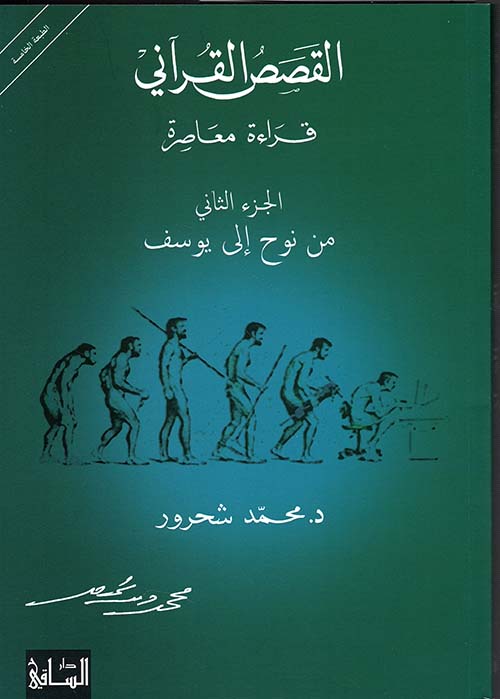
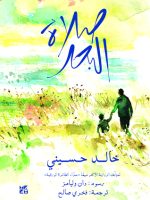
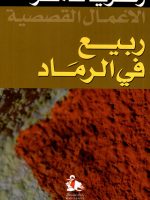
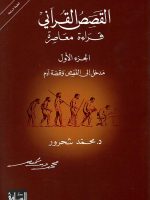

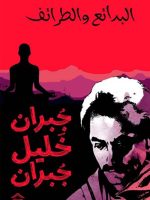
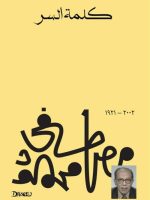
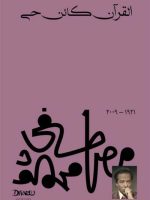
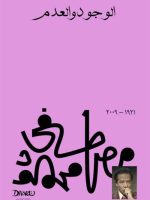
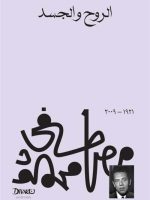
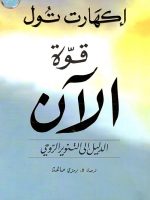
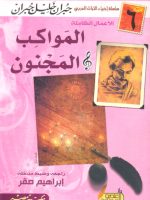
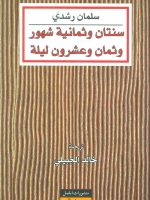
Be the first to review “Quranic Stories A Contemporary Reading Part Two From Noah to Joseph”